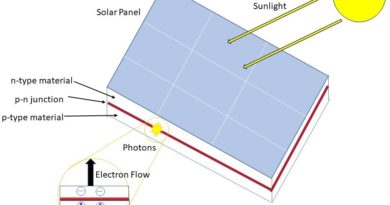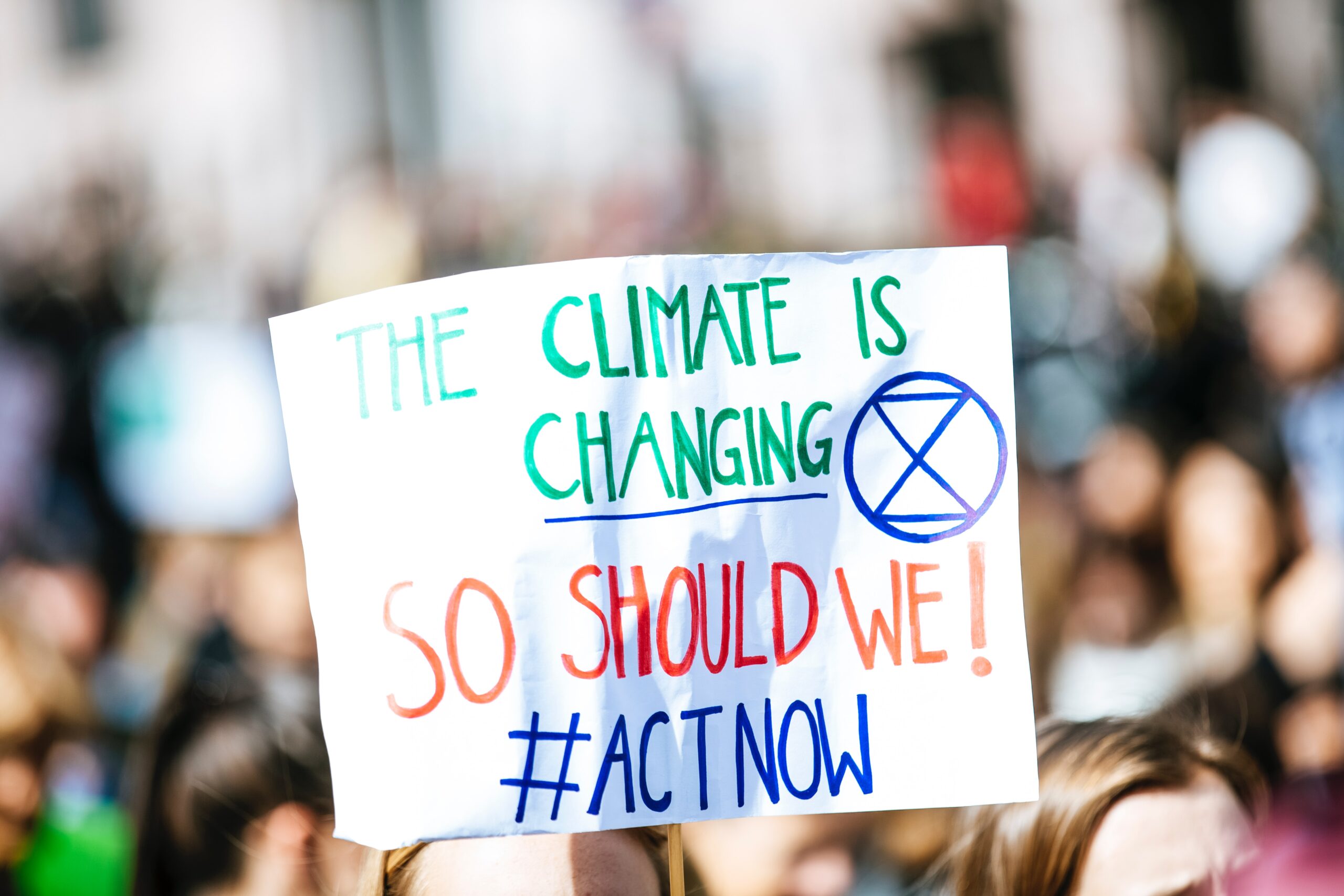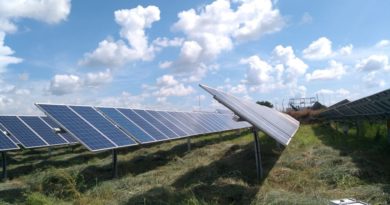India’s Journey in Solar PV
Being cleaner and of high potential, Solar PV is most sought-after form of energy source in India now to achieve sustainable growth.
The discussion on Solar Energy started during 1961-66 in the 3rd Five Year Plan, as a technology being developed World over as a non-conventional source of electricity generation. But, no real work was initiated that time. The conventional sources of energy like coal, Hydro & Diesel were the main sources.
Almost for next 20 years, there was no discussion on this Renewable Energy (RE) form of energy. Although, other RE sources like tidal & Geothermal were considered for research & development in the country.
The Solar energy & its implementation was specifically addressed in the 6th FYP (1980–85) first time. It was considered for meeting energy demand of decentralized rural areas and potential industrial uses. The Department of Non-Conventional Energy Sources (DNES) was formed on 6th September 1982 as a unit under Ministry of Energy with the objective to provide funding for strengthening research, development and demonstrations in Renewable Energy Technologies (RET) covering all important Renewable Energy Sources (RES) such as solar, wind, bio-mass, geothermal energy etc.
There were several developments in the period 1985-90, such as development of Amorphous Silicon Solar Cell (ASSC) and formation of government agencies like Indian Renewable Energy Development Agency(IREDA) with a main objective to operate a revolving fund for developing, promoting and commercialization of New and Renewable Sources of Energy (NRSE). NRSE was financially assisted by Government of Netherland, World Bank, Asian Development Bank (ADB) and The Danish International Development Agency (DANIDA). IREDA acted as an executive agency for NRSE program in coordination with State energy development agencies.
The private sector participation was first time encouraged in the Solar sector during 1997-2002 with an objective to mobilize additional resources for power sector namely generation, transmission and distribution. Under this initiative the Independent Renewable Power Producers (IRPP) were having the right to wheel the (renewable) power through existing transmission lines of the State Electricity Boards (SEBs) on payment of reasonable charges for selling the power to any third party in the country.
Village Energy Security’ program was introduced during the 10th FYP (2002-2007) as a part of the remote village electrification strategy.
It was believed that solar power can be important in attaining energy independence which is clean in nature and can help the country to reduce GHG emissions. With increasing pressure of climate change and as a responsible developing country, India under its National Action Plan on Climate Change (NAPCC) officially launched Jawaharlal Nehru National Solar Mission (JNNSM) in January 2010. Through this mission India visions to promote solar energy in a very big way to mitigate GHG emissions and map plausible ways to secure energy security.
After this, Solar PV came up in a very big way like Grid interactive and off-Grid/Distributed power, Rural Application, Urban, Industrial and Commercial Applications and Research, Design and Development. In 12th FYP (2012-17), the government targeted installing 20 GW of solar power by 2022, which was achieved four years ahead of schedule in January 2018, through both solar parks as well as roof-top solar plants. India has set a new target of achieving 100 GW of solar power by 2022 out of 175 GW of Renewable Energy (RE) target.




Pingback: To be a Global Leader through National Solar Mission Target - SolarPost
Pingback: Globally Off-Grid RE Capacity Tripled: Is it because of Solar Pumps? - SolarPost
Pingback: Rooftop Solar – A Huge Untapped Solar PV Power Potential - SolarPost
Pingback: Energy Mix: What’s the future in India - SolarPost
Pingback: Smart Electricity Meter and it's importance - SolarPost